Text Structure Visualization
Visualize the structure of your text including whitespace, indentation, line numbers, and paragraph boundaries. All processing happens locally in your browser.
Tips for Text Structure Visualization
- Whitespace mode is useful for debugging spacing issues in text.
- Structure mode helps analyze paragraph organization and flow.
- Indentation mode is perfect for reviewing code structure and hierarchy.
- Text Map provides a visual overview of text density and length patterns.
- Auto-Detect will try to identify the content type and apply the most suitable visualization.
How to Use the Text Structure Visualization Tool
Basic Usage
- Enter or paste your text in the input area
- Select the visualization mode that best suits your needs
- The visualized text will automatically appear in the output area
- Use the copy button to copy the visualization to your clipboard
Visualization Modes
- Whitespace - Shows invisible whitespace characters like spaces (·), tabs (→), and line breaks (↵)
- Structure - Displays line numbers and paragraph boundaries (¶) to visualize the text structure
- Indentation - Visualizes indentation levels with vertical lines (│) to show code or list hierarchy
- Text Map - Creates a visual density map of your text, showing the relative length of each line
- Auto-Detect - Automatically detects the content type and applies the most appropriate visualization
Use Cases
- Debugging - Find hidden whitespace issues in your text or code
- Code Review - Analyze indentation patterns and structure in source code
- Document Analysis - Understand paragraph structure and text organization
- Content Comparison - Visualize the density and distribution of text across documents
- Teaching - Demonstrate text structure concepts to students
Note: The visualization uses Unicode characters to represent whitespace and structure. These characters may appear differently depending on your font and browser.
About Text Structure Visualization
Text structure visualization is the process of making visible the normally invisible aspects of text, such as whitespace characters, indentation patterns, line breaks, and paragraph boundaries. This visualization helps writers, editors, programmers, and content creators better understand and analyze the structure of their text.
Common use cases for text structure visualization include:
- Identifying and fixing formatting issues in code or documents
- Understanding the organization and flow of text in a document
- Analyzing indentation patterns in source code
- Detecting inconsistencies in spacing or formatting
- Teaching proper text formatting and structure
- Comparing the structure of different documents
Our Text Structure Visualization tool offers multiple visualization modes:
- Whitespace Visualization - Makes spaces, tabs, and line breaks visible with special characters
- Structure Visualization - Shows line numbers and paragraph boundaries
- Indentation Visualization - Displays indentation levels with vertical guide lines
- Text Map - Creates a visual representation of text density and distribution
- Auto-Detection - Intelligently applies the most appropriate visualization based on content type
Whether you're debugging code, analyzing document structure, or teaching text formatting concepts, this tool provides a simple interface to visualize the hidden structure of your text and gain insights that might not be apparent from the raw text alone.
More Tools
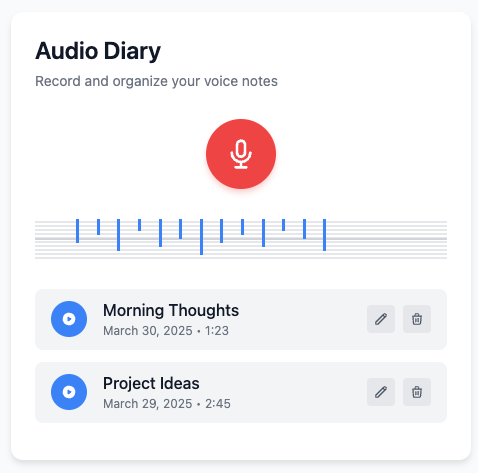
Audio Diary
Record and organize voice notes with this simple audio diary that stores everything locally on your device.
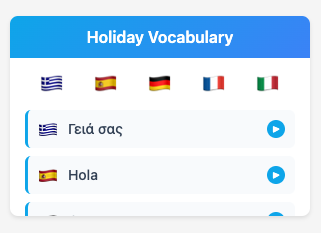
Holiday Vocabulary
Learn essential travel phrases in multiple languages with pronunciation guides for your vacation.
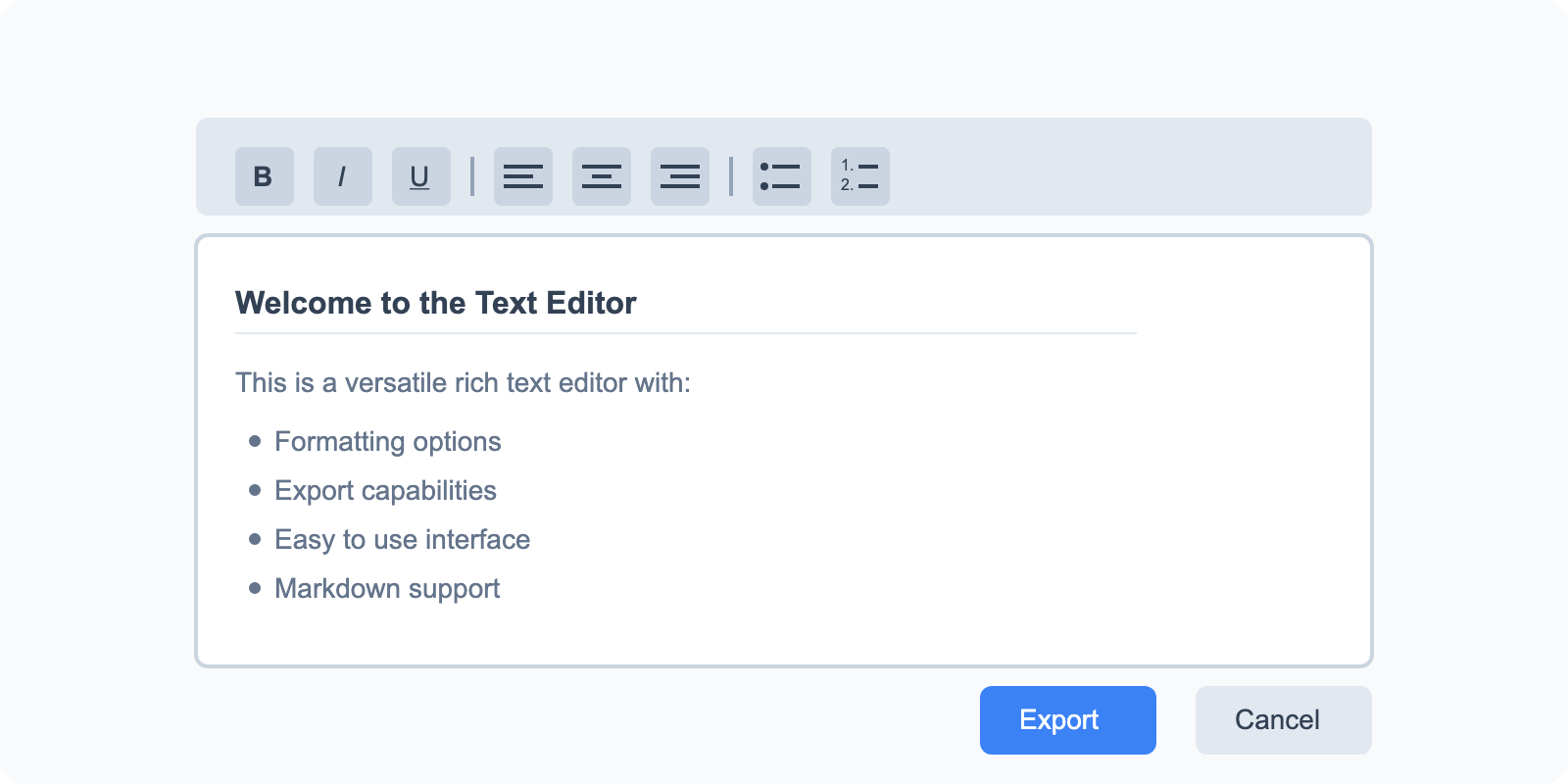
Math Solver
Solve basic math equations and expressions with detailed step-by-step explanations.

Todo List
Organize tasks with drag-and-drop reordering and track your progress with this simple todo list tool.

Shopping List
Keep track of items you need to buy with this simple shopping list tool that remembers what you've purchased.

Text Operations
A collection of 27 text manipulation tools for formatting, transforming, and analyzing text content.

Text Editor
A versatile rich text editor with formatting options and export capabilities.
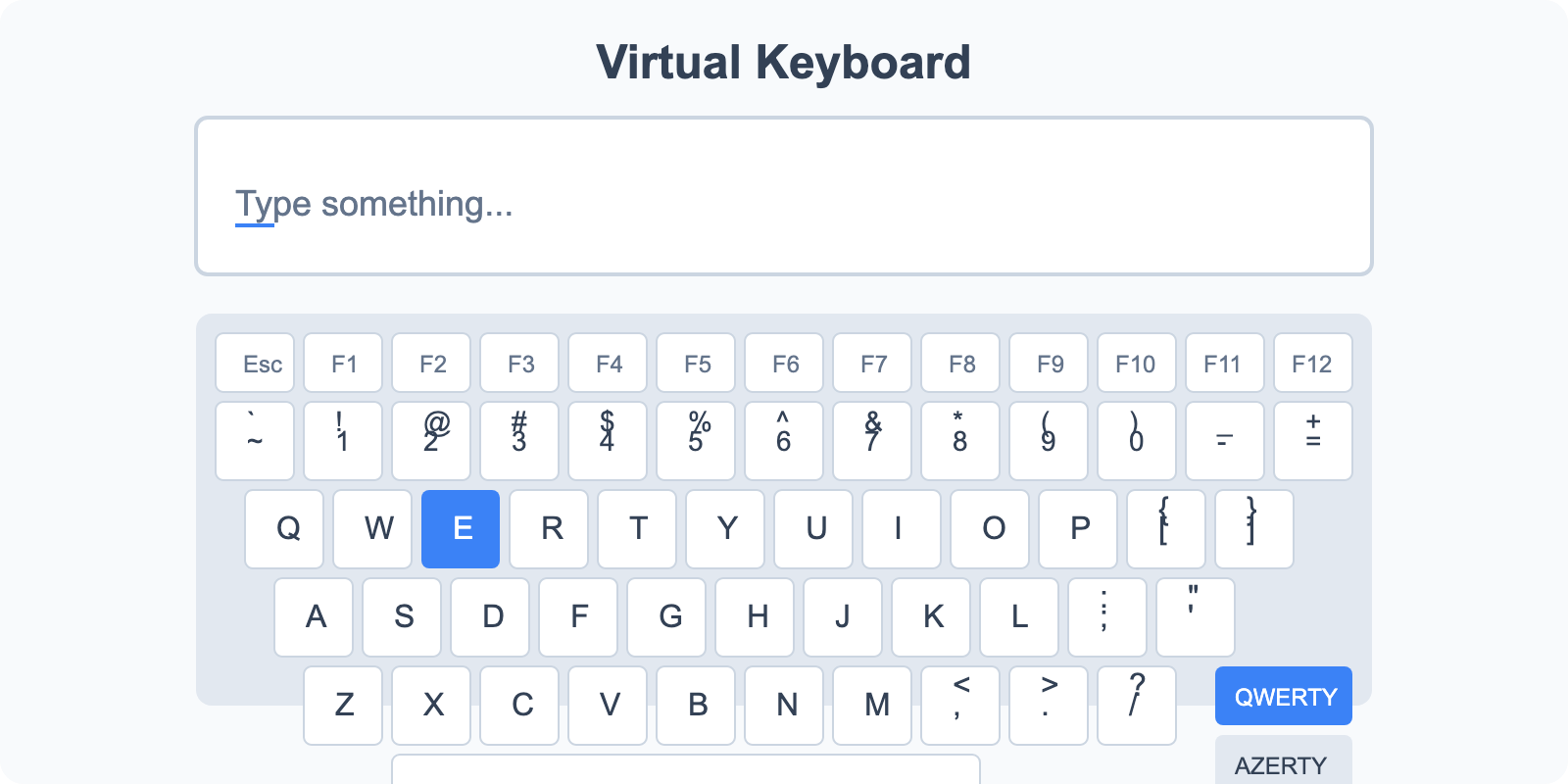
Virtual Keyboard
Type in different languages with multiple keyboard layouts.
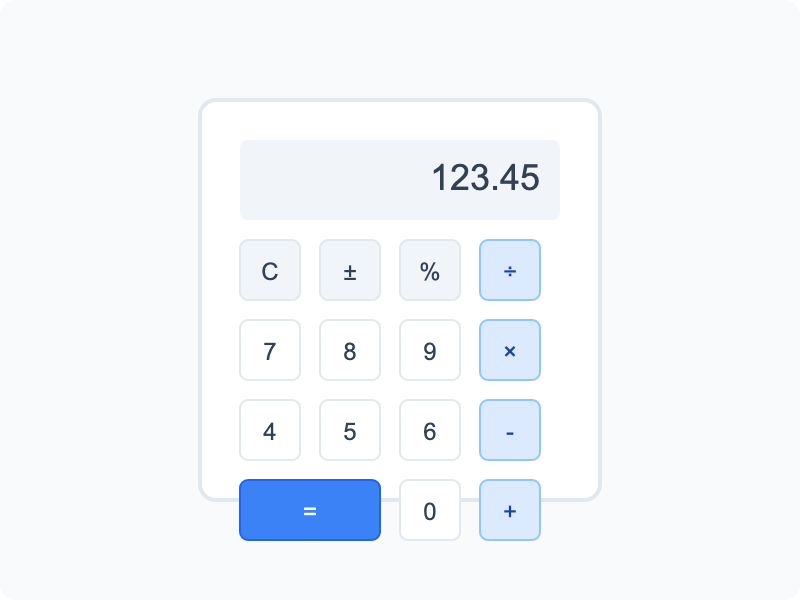
Calculator
Basic calculator and unit conversion tools for everyday calculations.
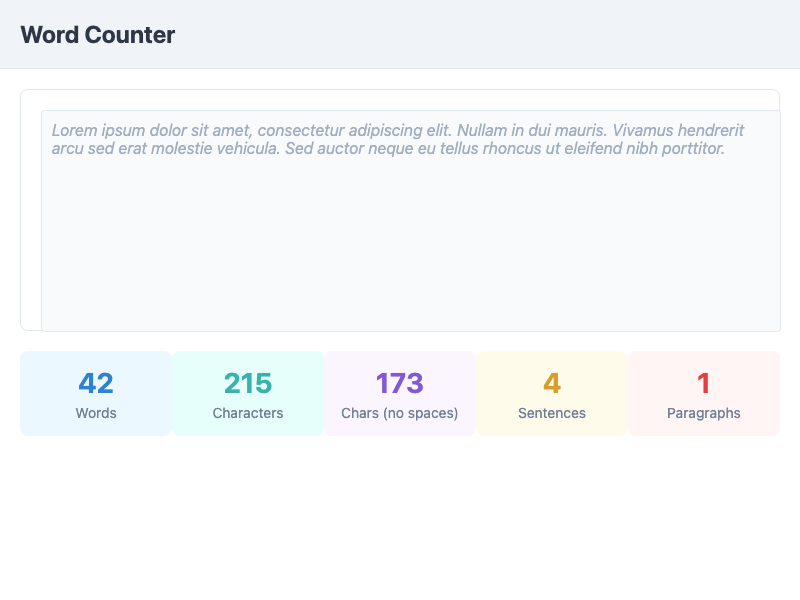
Word Counter
Count words, characters, sentences, and paragraphs in your text.
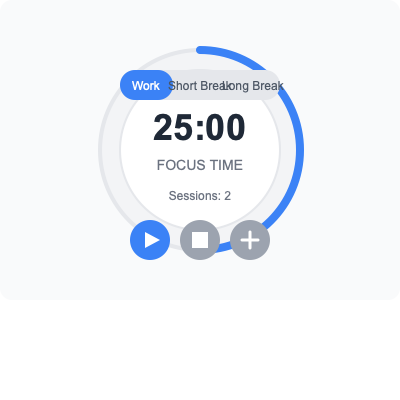
Pomodoro Timer
Boost productivity with timed work and break intervals using the Pomodoro Technique.

IP Address Lookup
Check your public IP address and view related location information.
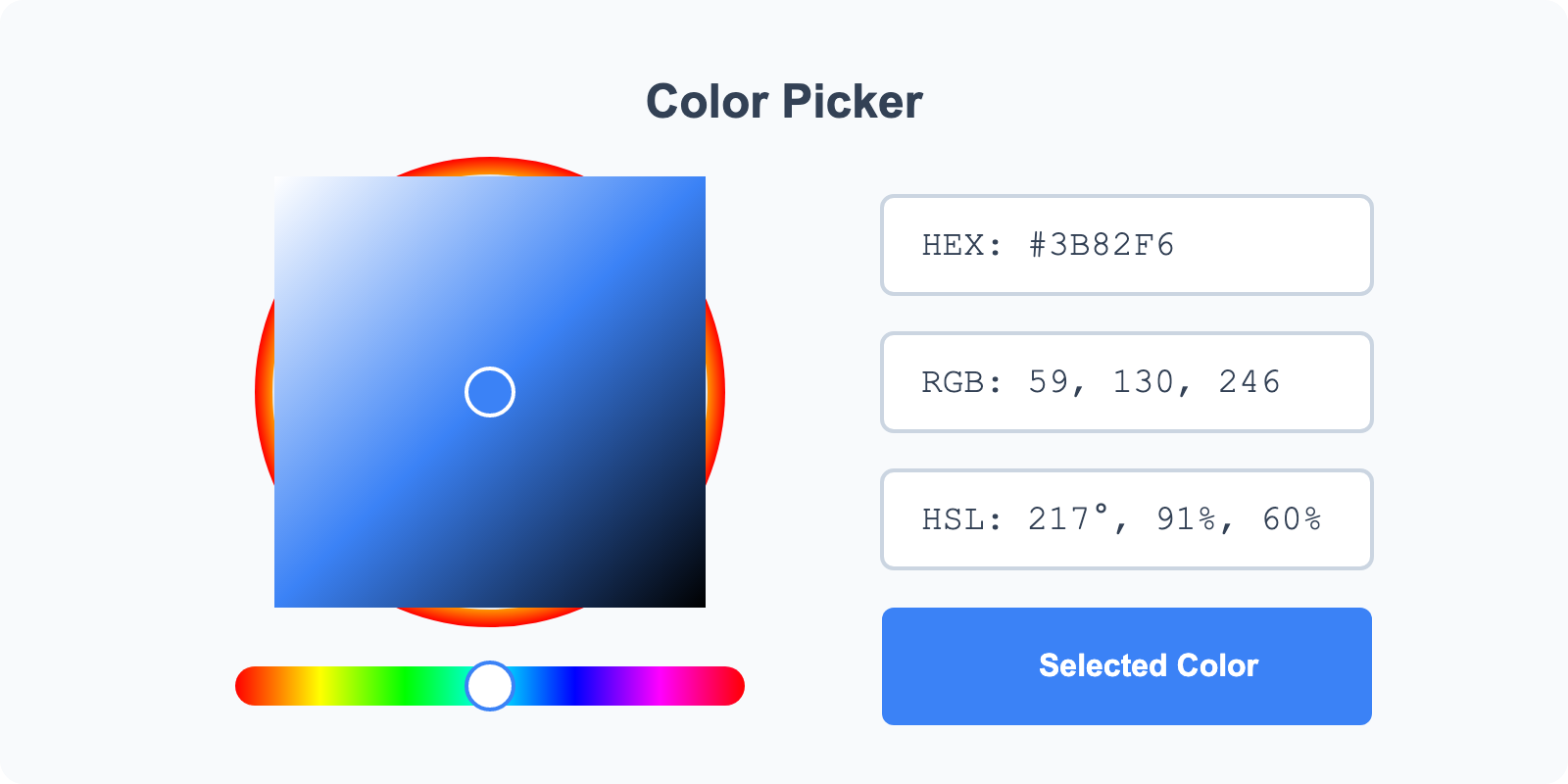
Image Color Picker
Upload images and pick colors directly from them.

Color Selector
Select colors using RGB, HEX, or HSL pickers and create palettes.
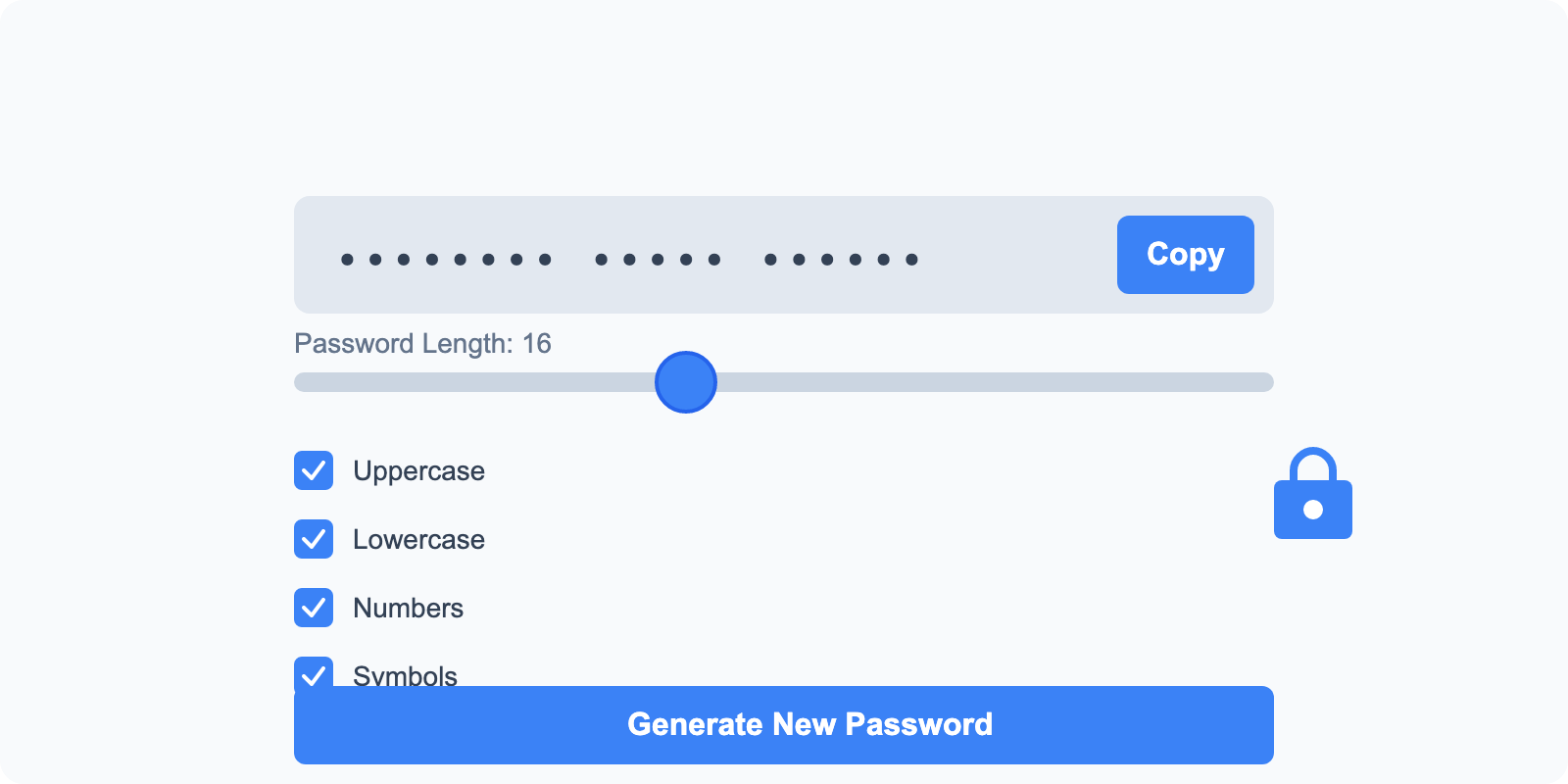
Password Generator
Generate secure passwords with custom requirements.